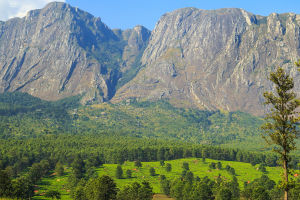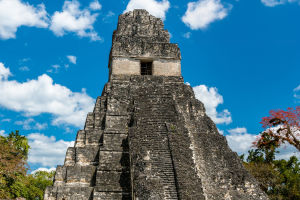let’s dive into Paramaribo, the lively capital of Suriname, South America. Nestled along the Suriname River, just 23 km from the Atlantic Ocean, this city blends historic charm, tropical energy, and a melting pot of cultures.
With around 240,000 residents, Paramaribo is compact and easy to explore on foot. As we stroll, the colorful wooden houses, European-style government buildings, and riverside views give us a real sense of local life and history.
Geography and Location
Paramaribo lies at 5°52′ north latitude and 55°10′ west longitude, with an elevation of just 3 meters. Its flat landscape makes walking or biking very easy. The Suriname River is central to daily life: ferries connect nearby towns like Meerzorg ($1–$2 per trip), while cargo boats move goods up and down the river. A riverside walk gives us the perfect combination of scenic views, bustling local markets, and street vendors selling fresh fruit, snacks, and souvenirs.
Climate and Best Time to Visit
The city has a tropical rainforest climate, influenced by the Intertropical Convergence Zone. Temperatures stay around 26–31°C year-round, so light clothing is ideal. April to July is wetter, while September to November tends to be drier—these months are the best for exploring without heavy rain. Lykkers, a light rain jacket and comfortable shoes will make rainy days manageable.
Historic Streets and Landmarks
Paramaribo’s city center is a UNESCO World Heritage site. Walking tours allow us to see:
- Saint Peter and Paul Cathedral: A wooden cathedral open daily 8:00–16:00, free admission, perfect for photography.
- Fort Zeelandia: Historic fort, open 9:00–17:00, admission $3, showcasing Suriname’s historical past and small museum exhibitions.
- Independence Square: Surrounded by the Presidential Palace and National Assembly, open 24/7, free to explore.
We can spend a few hours discovering the streets, spotting colorful historic wooden homes, and enjoying small artisan shops and cafes.
Riverside Activities
The Suriname River offers many activities:
- River Cruises: Short cruises cost $10–$15 per person, lasting about 1–2 hours. Sunset cruises are especially scenic.
- Ferry to Meerzorg: Runs every 30–60 minutes, $1–$2 one-way, giving a taste of local life outside the capital.
Walking along the riverbanks, we see traditional wooden boats, children playing, and vendors selling snacks. It’s a lively and authentic experience.
Local Cuisine and Dining
Paramaribo’s food reflects its cultural diversity: African, Javanese, and European influences mix here.
- Street food: Roti wraps, fresh fish, and saoto soup ($3–$5).
- Riverside restaurants: Gado-Gado (a Javanese salad with peanut sauce), a refreshing Goedangan met Garnalen (a shrimp and vegetable salad in coconut dressing) and seafood dishes ($10–$20).
- Tips: Try local juices like cashew fruit or sugarcane for a refreshing treat.
We can spend an afternoon hopping from street stalls to small restaurants to sample the city’s flavors.
Getting Around
- Walking: Best for the city center, taking 10–15 minutes between landmarks.
- Taxis: Short trips cost $2–$5, longer rides $10–$15.
- Buses: Local minibuses run $1–$2 per trip.
- Ferries: $1–$2 to nearby towns.
Lykkers, always carry small cash for vendors, and a backpack for water and snacks when exploring.
Accommodation
- Budget guesthouses: $30–$60 per night, usually with shared bathrooms.
- Mid-range hotels: $70–$120, often with river views and breakfast included.
- Luxury options: $150–$200, some riverside with swimming pools and full amenities.
Booking ahead is recommended during the drier months of September–November.
Practical Tips
- Respect local customs, dress comfortably, and carry sun protection.
- Learn a few local phrases—locals appreciate attempts to communicate.
- Keep valuables secure, especially in crowded markets.
Exploring Memories with Lykkers
Lykkers, our journey through Paramaribo is more than sightseeing—it’s stepping into a living culture. From wandering colorful historic streets to cruising the Suriname River, tasting delicious local dishes, and visiting UNESCO heritage sites, every moment brings something new. By exploring at our own pace and using the practical tips we’ve shared, we can enjoy the city safely and comfortably.
Let’s discover, savor, and embrace the charm of Paramaribo together, creating memories that stay with us long after we leave!


